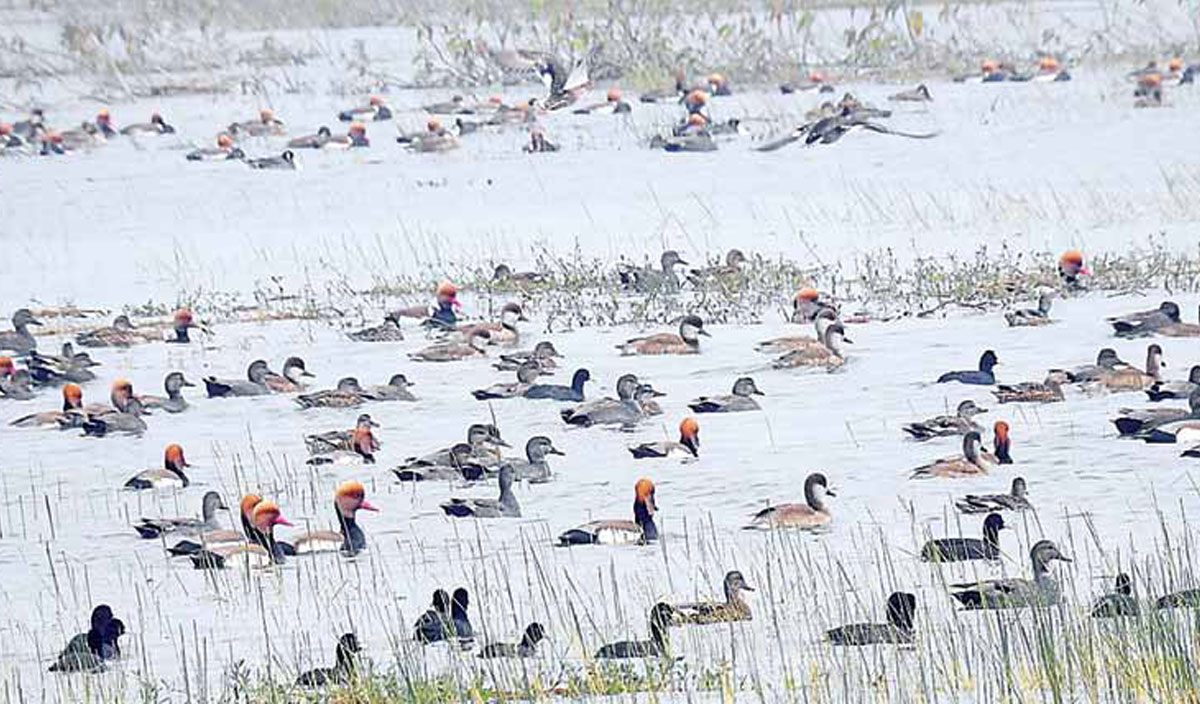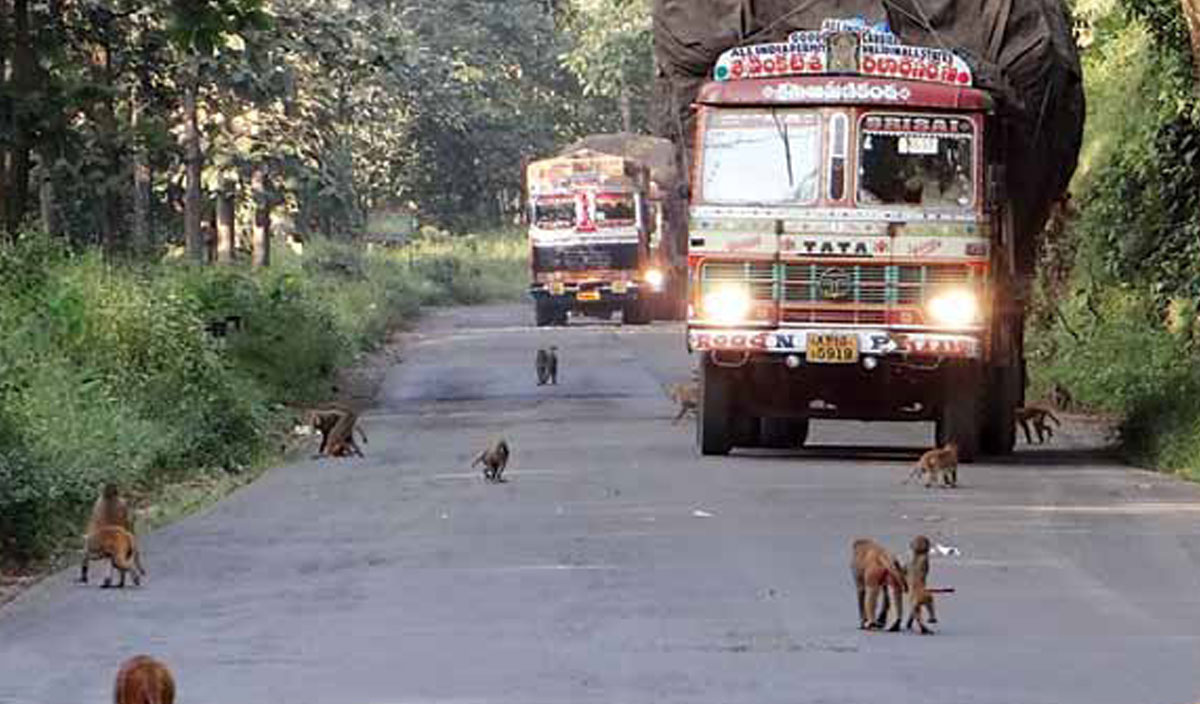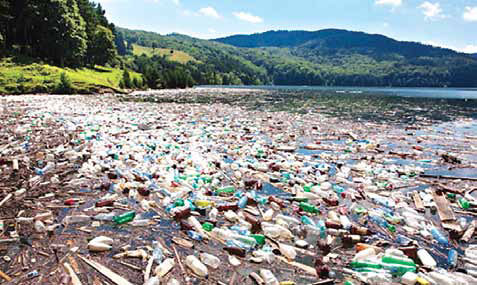
House Sparrow
By RAKESH KHATRI
Spending time with his winged friends before flying them from the terrace remains to be my evergreen memory.
As a child, I would run-up to the terrace of my house in narrow lanes of Old Delhi’s Chandni Chowk post-school hours. I would first feed the little sparrows grains in their nest inside a tin shed and then fly them off.
With a rapid decline in the sparrow population and lack of empathy for the birds over the years, it pained me to know that future generations might not be able to spot even one sparrow in their entire lifetime.
Ensuring that sparrows, once ubiquitous, do not extinct, I quit my professional career in media in 2008 and started working towards sparrow conservation by building artificial nests in Delhi.
So far, I have constructed over one lakh nests and every month I purchases 8-10 kilos of grains to feed sparrows around the city.
“A rise in skyscrapers have rendered sparrows homeless. When I was growing up, sparrows would make their nests on switchboards, balcony, window panes but now we have covered all our homes with doors and windows. It is sad how we have robbed them of their houses to build our own,” I use to tell The Better India.
“I became a conservationist not by choice, but due to the unfortunate circumstances. It is my mission to educate the future generation about the importance of sparrows in our ecosystem”.
Four years later, I registered my NGO Eco Roots Foundation (ERF) with my wife Monica Kapoor and son Animesh
to create awareness among the younger generation through workshops on making nests for the humble birds.
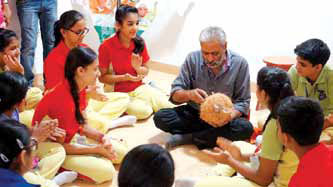
The workshop is for every age group that lasts for about three hours. I have conducted more than 2.5 lakh workshops in schools, corporates and Residential Welfare Associations. I use the proceeds made from workshops to build nests. I began the workshop with questions that eventually lead to the issue of how and why sparrows are on the verge of extinction.
‘When was the last time you spotted a sparrow on your window?’ ‘Name five birds that are commonly seen around your house’ ‘What is the colour of koel?’
As participants realise how difficult it is to remember the last time they saw a sparrow, I shed light on reasons behind the decline, from lack of green cover and sensitivity to the concrete jungles.
“Modern houses are built in a way that leaves no room for sparrows. We have become intolerant towards the supposed ‘nuisance’ birds create. Earlier, Indians households would dry the grains and pulses on the roof which would attract the sparrows. But now, we get everything in packets and this is also responsible for their disappearance”.
I back up my conservation purpose by talking about how sparrows are relevant in our ecosystem in a story-telling format.
“It preys on insects and prevents plants from being infested, it is a part of the food chain for other birds like magpie and utilises our wastes like cotton, paper, fallen leaves and twigs to make their nests. Having sparrows around your house is a sign of healthy biome”.
Once the desire to save sparrows builds up, I started the nest-making activity with equipment like bamboo sticks, grass, threads and jute bag. For some workshops, he builds nests from recycled tetra packs.
Some called me crazy, some advised me not to waste time and some simply mocked the Delhi-based photographer and filmmaker for sitting for hours at one place just to click a picture of the sparrow.
But all the taunts failed to dissuade me from embarking on his mission as my family stood behind me like a strong pillar.
“When I expressed my desire to quit the media industry to dedicate my time for sparrows, Monica was immediately on board and gave her commitment to ERF. Meanwhile, my children have encouraged me at every step of the way”
I started with waste coconut shells and newspapers to make nests and underwent several trial and error methods before zeroing on jute bags and tetra packs.
I would stroll around his locality to identify pockets in the city where sparrows usually fly and build nests on trees accordingly.
Among the many nests I built, one of his first efforts took a concrete shape in 2012 when I was on my way to work.
“I spotted a group of sparrows trying to build a nest under a bridge in Delhi’s Mayur Vihar area. Next day I saw some workers cementing the hole where the nest was. When I questioned I was directed to a government office. After a lot of convincing, the officer in-charge granted permission and I built the nest. Within a few days, there were so many sparrows, it became like a tourist attraction. Passers-by would stop and click pictures of the birdhouse”.
Seeing my number on the birdhouse, people started calling me and ordering for such nests. The calls haven’t stopped since and I have sold thousands of artificial nests across India.
Recalling another fond memory, “When I was building a nest in city’s Wazirabad area, an elderly gave me Rs 100 after he saw my efforts. He said it was very rare to see someone re-build houses for sparrows that humans have destroyed.”
One of the best thing that comes out of every workshop is the enthusiasm shown by the participants to conserve sparrows.
“Among all the age groups, young parents are the most excited and eager to learn and make their children a part of the initiative. It is a validation that our future is safe hands”.
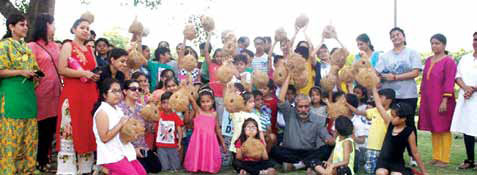
Gifting birdhouse is another trend that I have observed. Parents often order birdhouses to give as return gifts.
I am now working on a Do-It-Yourself (DIY) kit to build the artificial nests for children and eventually aims to reach every household in the country.
In my positive journey the hurdles are neverending. A major problem I face is that people often destroy the nests built by our foundation. But that has not stopped me in the mission, “If they destroy one, I will build another five.”
For his extraordinary measures and dedication to save sparrows, I received several accolades and recognitions including the International Green Apple Award in the House of Commons in London (2008) and making to the Limca Book of Record 2019 for conducting maximum workshops of handmade nests. I am now an IUCN member.
In our fast-paced lives, we often miss out on the common issues that prevail in silence but need equal attention, do we actually open our eyes and acknowledge the problem.
It is time we take a pause and reflect on our actions that are disrupting the ecosystem and thereby our lives.

